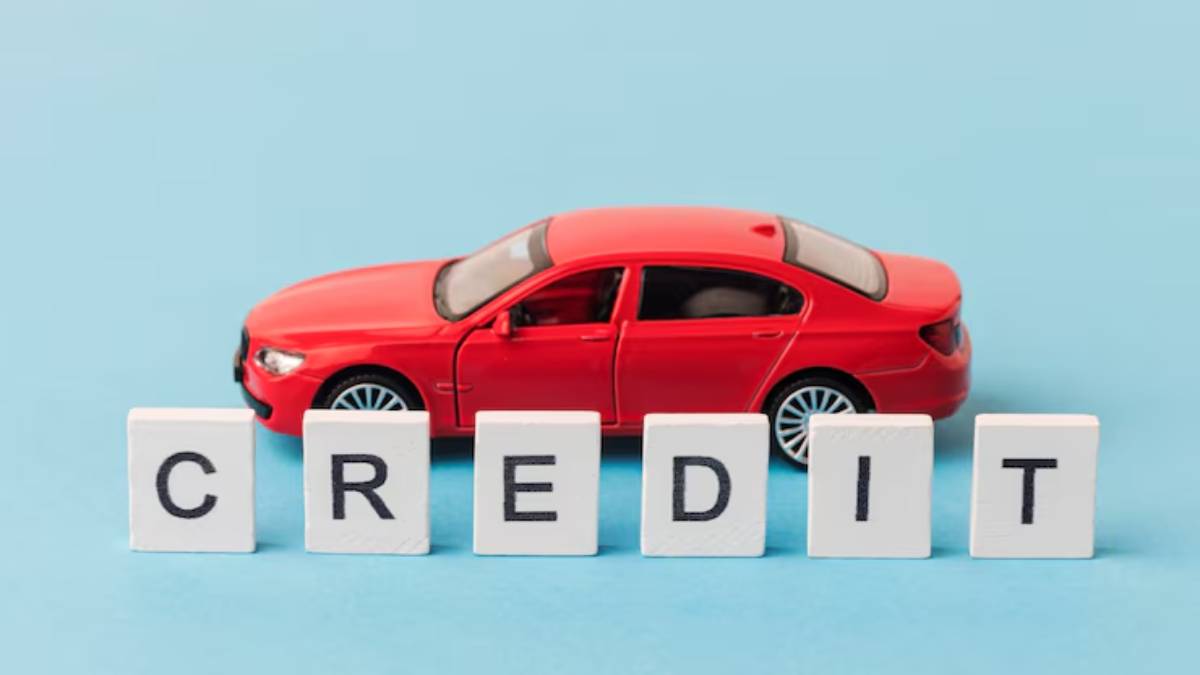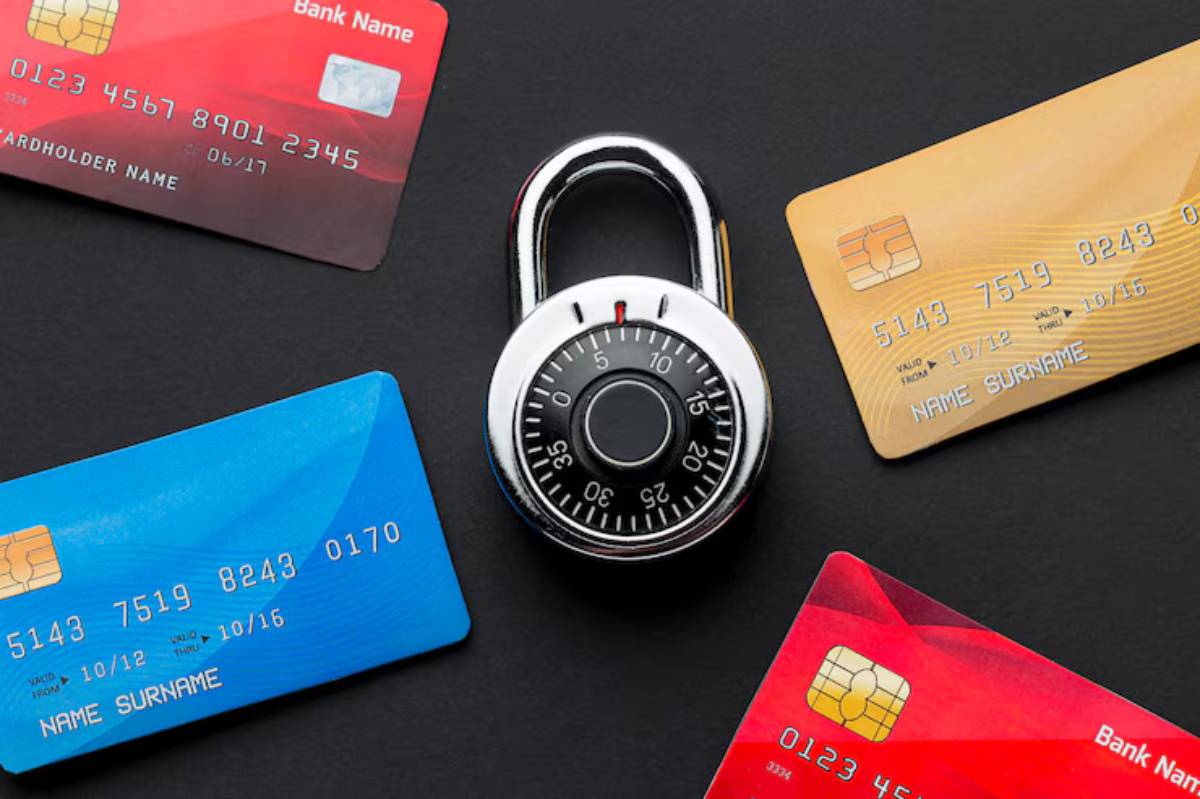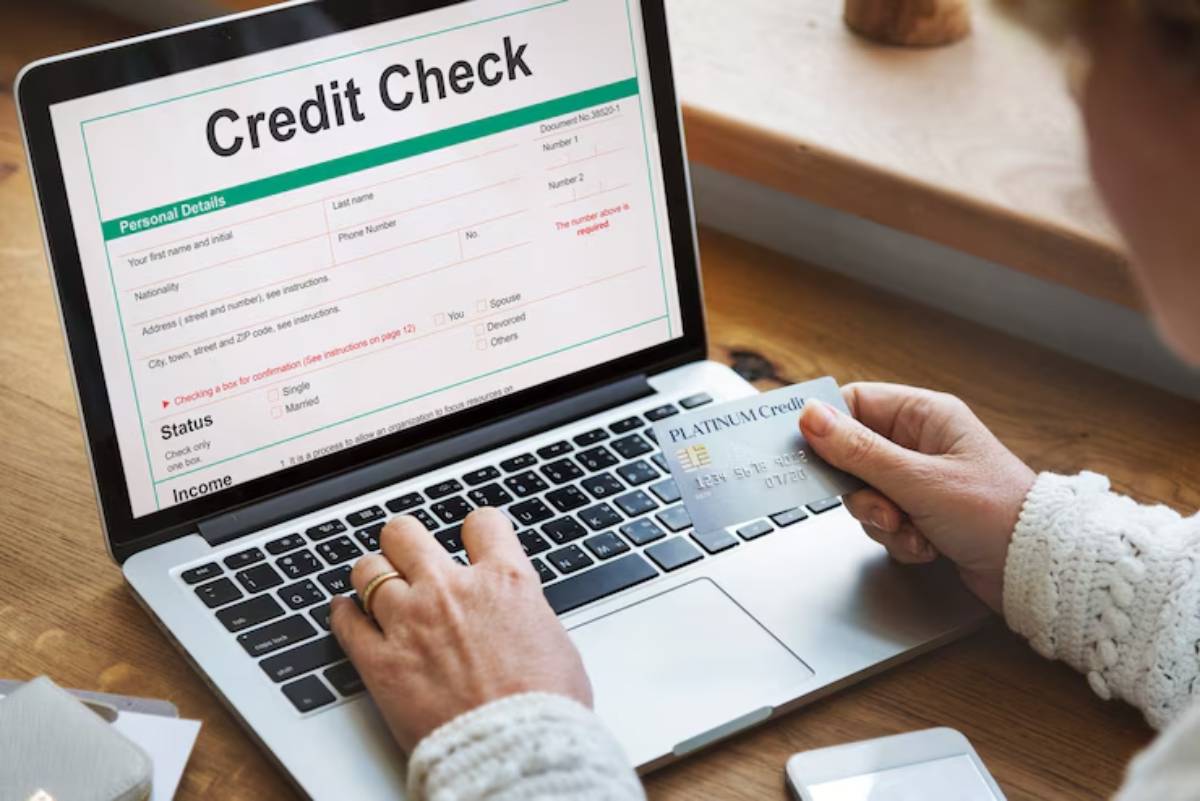
Becoming an Authorised User: Pros and Cons
Building credit can be tricky when you’re starting from scratch. One option many people consider is becoming an authorised user on someone else’s credit card. It sounds simple — and in many cases, it is.
But like any credit strategy, it has its advantages and drawbacks.
In this article, you’ll learn what it means to be an authorised user, how it can affect your credit score, and whether it’s the right move for you.
What Is an Authorised User?

An authorised user is someone who is added to another person’s credit card account. You get a card in your name, but you’re not legally responsible for the payments. The primary cardholder still manages the account.
Your name gets linked to their account, and in most cases, their credit activity starts to show up on your credit report.
Why People Use This Credit Strategy
This credit strategy is often used by people who:
- Have no credit history
- Are trying to rebuild their credit
- Want to improve their credit score quickly
If the main cardholder has a good track record, being added as an authorised user can give your score a healthy boost — without you having to open your own account right away.
How It Works
Let’s break it down:
- A person with a credit card agrees to add you as an authorised user.
- The card issuer issues a card in your name (if requested).
- The account’s activity — balance, payments, history — may appear on your credit report.
- You benefit from their good habits — or suffer from their mistakes.
Note: Not all card issuers report authorised user data to credit bureaus. Always ask before assuming it will help your credit.
Pros of Becoming an Authorised User
Let’s start with the benefits. Done right, this method can be a great credit building tool.
1. Build Credit Fast
You can gain years of credit history instantly if the account is older than your own. This can improve your average credit age, which helps your score.
2. Boost Your Credit Score
If the card has on-time payments and low balances, it reflects well on your credit report. This can help raise your score — often within a month or two.
3. Learn Credit Habits
Being part of someone’s account lets you see how credit works: paying on time, managing limits, and budgeting responsibly.
4. No Hard Credit Check
You don’t need to apply or qualify like you would for a personal card. There’s no hard inquiry on your report.
5. Low Risk for You
Since you’re not legally responsible for the balance, the risk is mostly on the primary use.
Cons of Becoming an Authorised User
While it sounds easy, there are a few important risks to think about.
1. You’re Tied to Their Habits
If the cardholder misses a payment or carries high balances, it could hurt your score — even though it’s not your fault.
2. Limited Control
You don’t manage the account, and you may not have access to the statements. If problems arise, you rely on the main user to fix them.
3. It Might Not Count
Some lenders or scoring models ignore authorised user data — especially if you don’t have your own accounts yet. It’s not a guaranteed fix.
4. Trust Issues
Money and relationships don’t always mix. If things go wrong, it could strain your connection with the main cardholder.
5. You Might Overspend
If you have access to the card, you might feel tempted to spend — and that could lead to trouble if boundaries aren’t clear.
Who Should Consider This Credit Strategy?
Becoming an authorised user is a good option for:
Young Adults and Students

Build credit early with a parent’s or guardian’s help.
Credit Beginners
Start building a score before opening your own account.
Rebuilding Borrowers
Get back on track with the help of a trusted partner or family member.
Immigrants or Expats
Establish credit in a new country where you don’t yet have a report.
How to Get Started
If you think this is the right step, here’s what to do:
1. Choose the Right Person
Pick someone with:
- A long, positive credit history
- On-time payments
- Low credit usage
- A willingness to communicate clearly
2. Talk It Through
Agree on:
- Whether you’ll have a card or not
- What you can and can’t spend
- What happens if the account is closed
3. Contact the Card Issuer
Ask:
- Do they report authorised user activity to all credit bureaus?
- Will the account show up on your credit report?
- Is there a fee for adding an authorised user?
4. Monitor Your Credit
Use free tools like Credit Karma or Experian to watch your score. Look for the new account — and track its effect.
5. Plan Your Next Step
After 3–6 months of positive reporting, consider applying for your own secured card or credit-builder loan.
Alternatives to Becoming an Authorised User
If this strategy doesn’t work for you, try:
- Secured credit cards: Deposit-based cards that help build credit
- Credit-builder loans: Pay monthly, get a score boost and savings
- Rent reporting tools: Add your rent payments to your credit file
Real-World Example
Josh, age 20, had no credit. His older sister added him to her credit card as an authorised user. The card had a five-year history and perfect payments.
Within two months:
- His credit score appeared
- He qualified for a secured card of his own
- He now has plans to apply for a student loan
A Simple Boost to Get You Started
Becoming an authorised user can be a smart move — especially if you’re just beginning your credit journey. It’s low risk, easy to set up, and can give your credit score the push it needs.
But like any credit strategy, it works best when you use it wisely. Pick the right person, ask the right questions, and monitor your progress.


